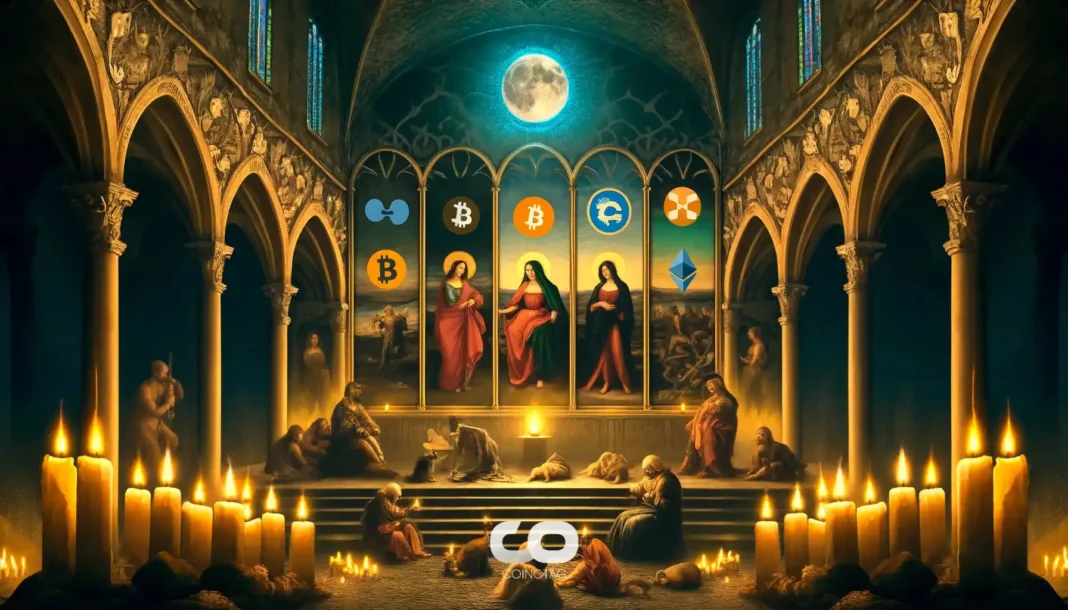A CurveDAO proposal recommends halting Curve Finance’s expansion into Ethereum Layer 2 networks, citing low daily revenue and high upkeep costs, while urging focus on Ethereum mainnet and crvUSD development.
-
Curve Finance earns approximately $28,000 daily on Ethereum mainnet, vastly outperforming its $1,500 total daily revenue across 24 Layer 2 networks.
-
The proposal highlights high engineering and maintenance costs for Layer 2 deployments that yield minimal returns.
-
Curve’s core team publicly stated the proposal does not align with their current development roadmap or priorities.
Curve Finance governance debates Layer 2 expansion amid low returns; focus shifts to Ethereum mainnet and crvUSD. Stay updated with COINOTAG’s latest crypto insights.
Why Is Curve Finance Considering Pausing Its Ethereum Layer 2 Expansion?
A recent governance proposal within Curve Finance argues that the protocol’s expansion into Ethereum Layer 2 networks is financially unsustainable. The contributor claims that Curve generates only about $1,500 daily across 24 Layer 2 chains, averaging roughly $62 per network. This revenue is insufficient to cover the high engineering and maintenance costs required to support these fast-evolving blockchains. In contrast, Curve’s Ethereum mainnet pools generate approximately $28,000 daily, making Layer 2 efforts less profitable and diverting resources from more impactful projects like the crvUSD stablecoin.
What Are the Financial Implications of Curve’s Layer 2 Deployments?
The proposal emphasizes that the low returns on Layer 2 do not justify the ongoing development and upkeep expenses. Each Layer 2 chain demands significant attention similar to Ethereum’s mainnet but yields minimal revenue. According to DeFiLlama data, over 90% of Curve’s total value locked (TVL) remains on Ethereum, underscoring the mainnet’s dominance in Curve’s ecosystem. The contributor suggests reallocating developer resources to strengthen core infrastructure and crvUSD rather than pursuing multi-chain Layer 2 expansion.

Curve’s DeFi TVL. Source: DeFiLlama
How Is the DeFi Community Reacting to the Proposal?
The proposal has sparked debate within the DeFi sector, with some analysts noting similar challenges faced by other protocols like Aave. DeFi analyst Ignas remarked that the Layer 2 ecosystem may be reaching a saturation point, with only a few networks such as Polygon, Arbitrum, and Optimism showing substantial user activity. This saturation limits user traction and profitability for multi-chain deployments, making the proposal’s call to refocus on Ethereum’s mainnet more compelling.
What Is Curve’s Core Team’s Position on the Proposal?
Curve’s core development team has publicly distanced itself from the proposal, clarifying that it does not represent their current roadmap or priorities. The team stated that they do not agree with the suggestion to halt Layer 2 expansion and indicated that they will likely continue pursuing their planned multi-chain strategy.
| Network | Daily Revenue | Comparison |
|---|---|---|
| Ethereum Mainnet | $28,000 | 18x Layer 2 Total |
| All Layer 2 Networks (24 chains) | $1,500 | Combined Revenue |
Frequently Asked Questions
Why is Curve Finance considering stopping its Layer 2 expansions?
Curve Finance is evaluating a pause on Layer 2 expansions due to low daily revenue of about $1,500 across 24 Layer 2 chains, which does not justify the high maintenance and development costs.
How does Curve’s revenue on Ethereum mainnet compare to Layer 2 networks?
Curve’s Ethereum mainnet generates approximately $28,000 daily, vastly outperforming the combined $1,500 daily revenue from all Layer 2 networks, highlighting the mainnet’s profitability.
How to Evaluate Curve Finance’s Strategic Focus Moving Forward?
To assess Curve Finance’s optimal strategy, stakeholders should consider the cost-benefit ratio of Layer 2 expansions versus Ethereum mainnet operations. Prioritizing resources on high-yield areas like crvUSD and core infrastructure may enhance long-term sustainability. Monitoring user adoption trends on Layer 2 networks will also inform future multi-chain decisions.
Key Takeaways
- Curve Finance’s Layer 2 expansions generate minimal revenue compared to Ethereum mainnet, raising concerns about resource allocation.
- High maintenance and engineering costs for Layer 2 networks challenge the protocol’s profitability and efficiency.
- Curve’s core team disagrees with the proposal, maintaining commitment to their multi-chain roadmap.
Conclusion
The CurveDAO proposal to halt Layer 2 expansion highlights critical financial and operational challenges faced by DeFi protocols in multi-chain environments. While Ethereum mainnet remains the dominant revenue source for Curve Finance, the debate underscores the importance of strategic focus and resource optimization. As the Layer 2 ecosystem matures, Curve’s development priorities will likely balance innovation with sustainable growth, ensuring continued leadership in decentralized finance.






